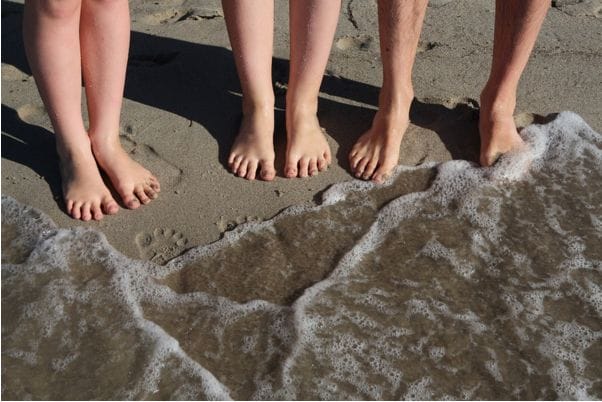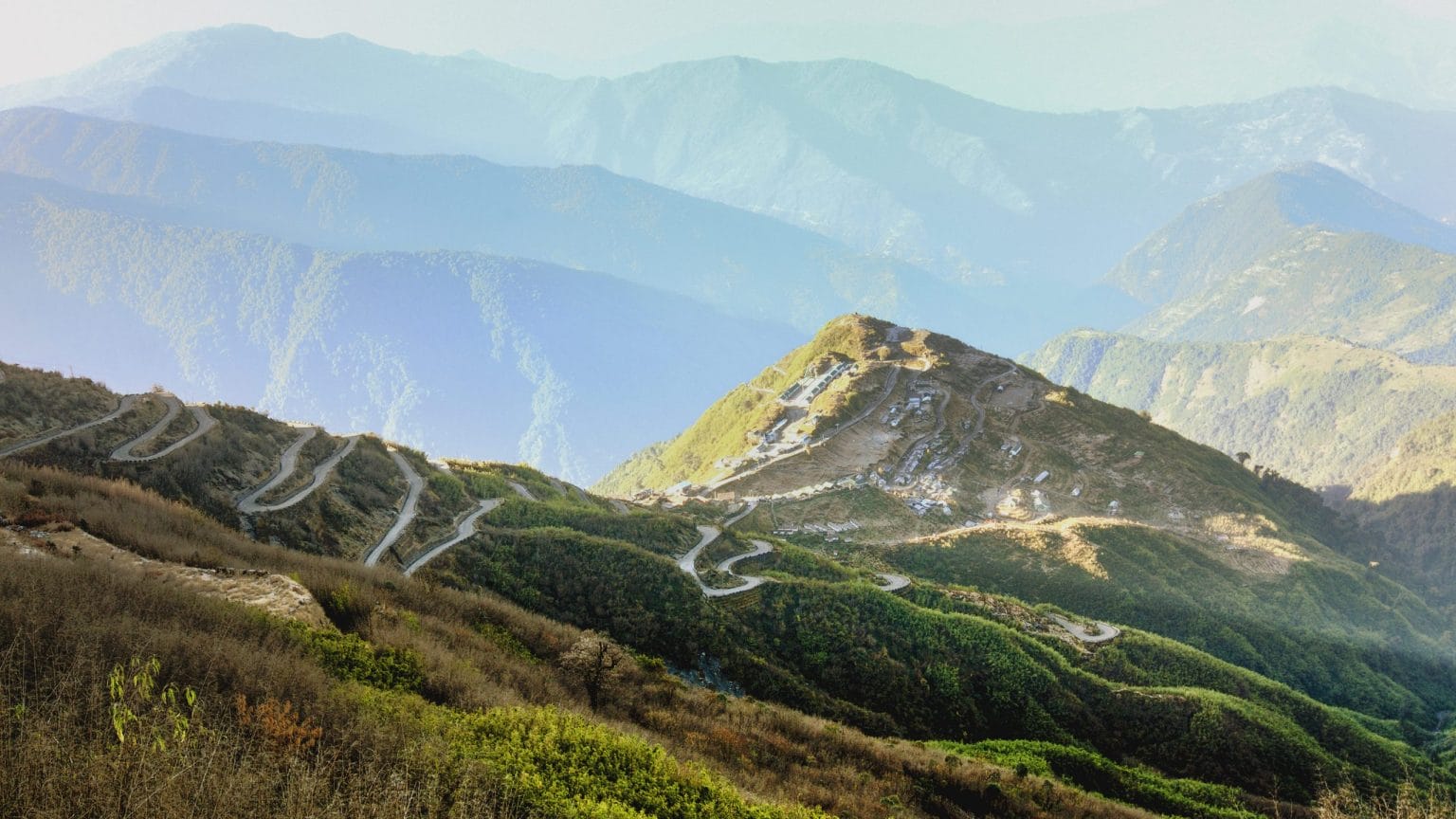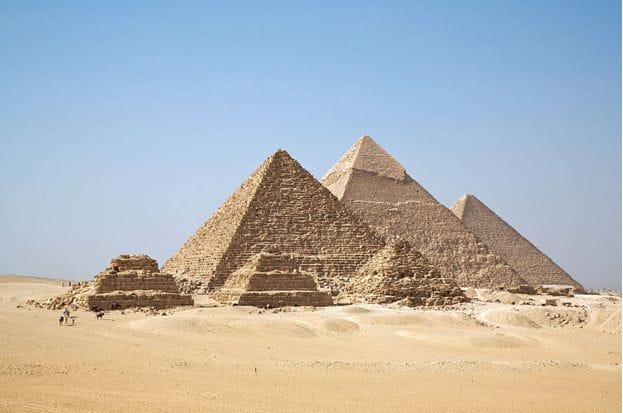You’ve probably heard about the Silk Road before. It’s one of the most famous trade routes the world has ever seen. Today China is known for Yiwu, one of the biggest wholesale markets on the planet. Yet Yiqu has nothing on the sheer scale of the Silk Road.
Despite this, a lot of people still wonder, what is the Silk Road? What happened to the Silk Road?

The history is epic, the tale incredible. On a scale bigger than even the Great Wall, keep reading to find out more about one of the world’s most impressive trading routes, ever.
What is the Silk Road?
The Silk Road is a famous trade route that linked ancient China to old Europe. It is one of the longest trade routes the world has ever seen and managed to stay successful for more than a century.
When Was the Silk Road Created?
The Silk Road was created between 139 and 129 BC. It was created by a man named Zhang Qian, who aimed to set out and trade with Westerners. Of course, it was not an easy path. In the way were large groups of outsiders and the Huns. None of these groups wanted Zhang Qian to pass. The Hang dynasty (the ruling one at this point in China) orchestrated several wars against the Huns (similar sounding, we know). The generals Wei Qing and Huo Qubing led these wars and were victorious.
Once the wars had been won, it was only a matter of time before the Silk Road started being used fully as a trade route. By 60 BC, the Silk Road was official and received protection from a group known as the Protectorate of the Western Regions in Wulei. Trade flourished.
Where Does the Silk Road Go?
The Silk Road goes all over China and exits into the rest of Asia through what is modern-day Tibet. The trade routes are actually multiple, so a more apt description might be the Silk Roads. However, since some German geographer known as Ferdinand von Richthofen named it the Silk Road in 1877, everyone has decided that is what it should be called.
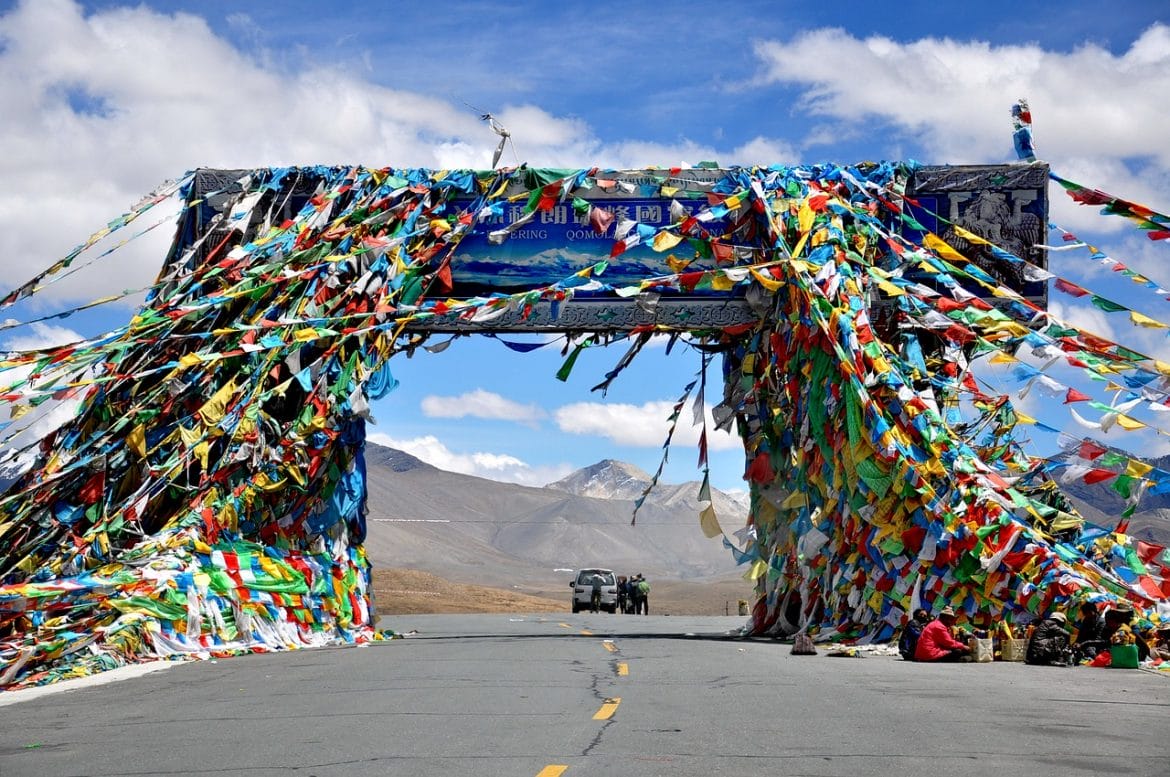
Some of the places the road does touch on include modern-day Beijing, Guangzhou, Xiamen, and Shanghai. If you’re wondering where it all ends up. Well, the silk road ends in Europe. Sea routes finish in Italy, from which point cargo was then dispersed through other European trade routes.
What Was Traded on the Silk Road?
Despite being called the ‘Silk’ Road, a lot more than silk saw itself being transported across continents on the long and windy path. The Chinese merchants would bring Chinese goods and food. For instance, rice, cotton, wine, and silk. The Europeans, on the other hand, would send luxury offerings such as European pictures and spices, fragrances, and jewels.
What’s All This About Marco Polo?
Marco Polo was a famous trader who spent some time on the Silk Road. There is actually a TV show on Netflix about his journeys. Whilst it’s obviously been made more exciting for the screen, the original wasn’t a dull ride either. Marco Polo was known to have used the Silk Road to actually make it into China and then helped his father to set up trade routes between his home in Venice the Chinese Capital.
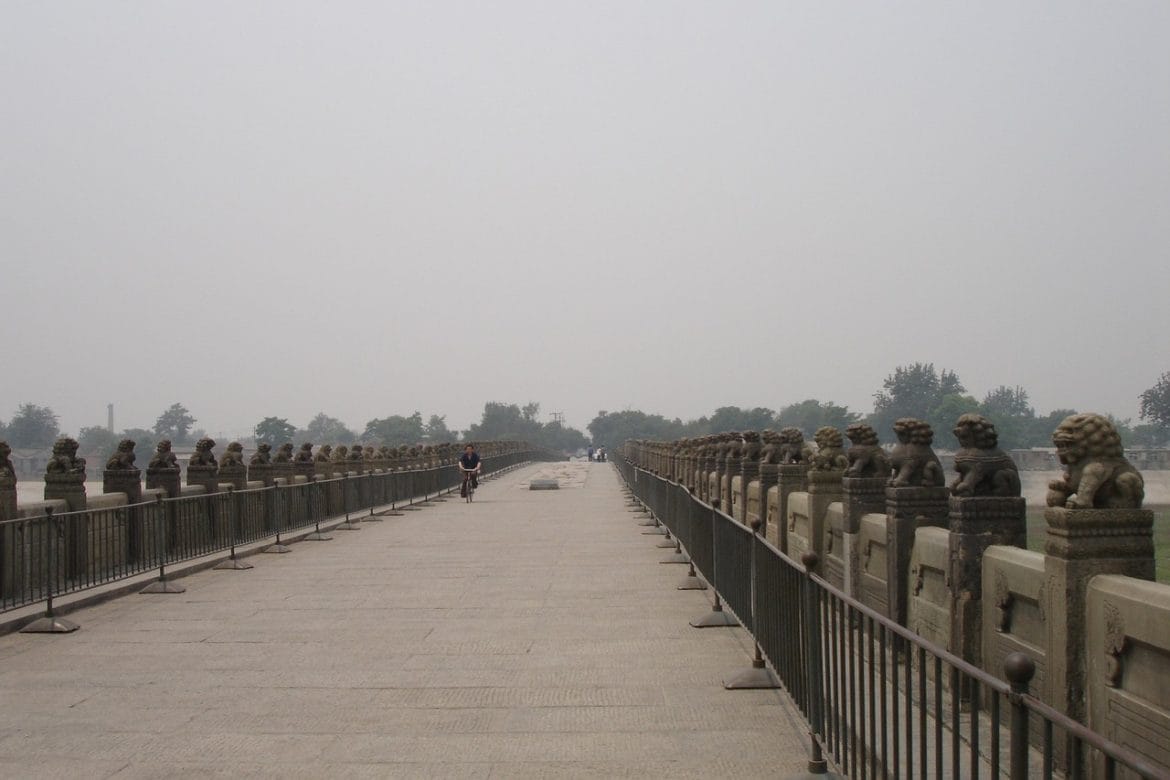
As someone who travelled around China a lot, Marco Polo tended to have a lot to say about the country. If you’re interested in visiting a place he thought was spectacular, make sure to head to Hangzhou. Located just next to Shanghai City, this Tier 2 Chinese city has developed a lot, but there is still a lot to love about the place.
The Plague on the Silk Road
The Silk Road wasn’t all good. It is widely believed that the Silk Road was actually largely responsible for the spread of the black death during the mid-14th century. It is thought that the bacteria actually originated in Asia and then spread to the west. In fact, when China was hit by the black death (prior to the European outbreak you probably know more about it), around 25 million Chinese people died as a result.
What Happened to the Silk Road?
The Silk Road lasted for over 1000 years. During this time, trade between China and the west flourished. However, when the Tang Dynasty fell in the early 10th century, the trade route became less and less important. This was further worsened by the Mongols increasing in power around the 13th century. With their conquests, the East and the West were somewhat brought together (although in quite bloody manner). The desire for Eastern goods in Western countries increased and a sea route was searched for.
By the 15th century, the trade route of the Silk Road had all but disappeared. A sea route had been found and with fewer problems associated with sea travel, it became the preferred mode of transporting goods between the East and the West. The Silk Road was all but gone.
The Silk Road Today
Today, the Silk Road is back in demand, with Xi Jinping (The Chinese president) saying in 2013 that he planned to build a new Silk Road from China to Europe. In 2017, that dream was somewhat realized by the first train service from China’s city of Yiwu to London in the UK.
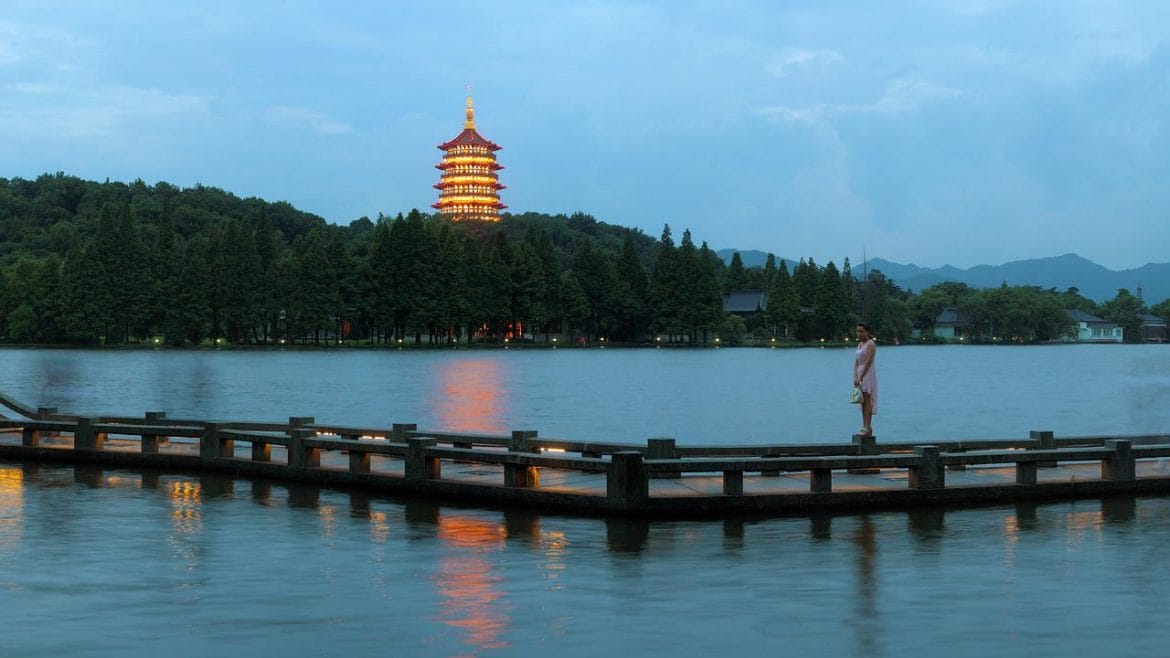
The Silk Road is also very popular in Chinese culture to this day. Many major cities along the path will offer gifts and souvenirs which are somewhat Silk Road-themed. It’s also possible to find many restaurants and shopping centers that are branded with Silk Road descriptions and names.
If you’re thinking of heading to China for a visit, try retracing some of the old traders’ footsteps and visiting areas along the silk road. Hangzhou is a good start, but there are many more places you can explore as well.

